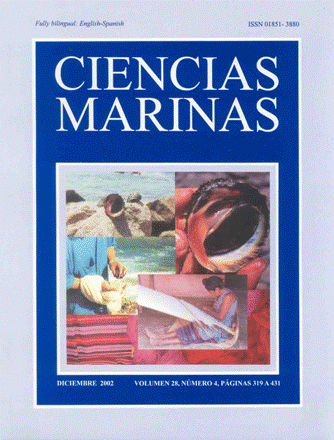Sensitivity of Mediterranean amphipods and sea urchins to reference toxicants
Main Article Content
Abstract
Toxicity tests were performed in two amphipod species, Gammarus aequicauda and Microdeutopus gryllotalpa, and three sea urchin species, Arbacia lixula, Paracentrotus lividus and Sphaerechinus granularis. The sensitivity of these marine organisms was evaluated by acute toxicity tests with amphipod juveniles and short chronic embryo-larval tests in sea urchins using the reference toxicants, ammonium chloride (NH4Cl), cadmium chloride (CdCl2), potassium dichromate (K2Cr2O7), sodium dodecylsulfate (C12H25NaO4S) and zinc sulfate (ZnSO4). The acute toxicity tests in amphipods clearly demonstrated the toxicity gradient of these substances. A two-way ANOVA analysis showed that M. gryllotalpa was more sensitive than G. aequicauda to all the reference toxicants studied (P < 0.0001). The tests conducted with sea urchins also pointed to a toxicant gradient and these organisms were seen to be more sensitive than amphipods. The two-way ANOVA analysis showed no significant differences in the IC25 and IC50 values for each reference toxicant in the three sea urchin species. The interaction of sea urchin species and a reference toxicant had no significant effect (two-way ANOVA, P = 0.9), the sensitivity of these Mediterranean species and groups being similar to that of other amphipod and sea urchin species found in the bibliography. The objective of our study is to provide ecotoxicological tools to evaluate the potential toxicity of Mediterranean benthic ecosystems, and in this work, we characterize the toxicity of reference toxicants towards autochthonous species of amphipods and sea urchins.
Downloads
Article Details
This is an open access article distributed under a Creative Commons Attribution 4.0 License, which allows you to share and adapt the work, as long as you give appropriate credit to the original author(s) and the source, provide a link to the Creative Commons license, and indicate if changes were made. Figures, tables and other elements in the article are included in the article’s CC BY 4.0 license, unless otherwise indicated. The journal title is protected by copyrights and not subject to this license. Full license deed can be viewed here.

